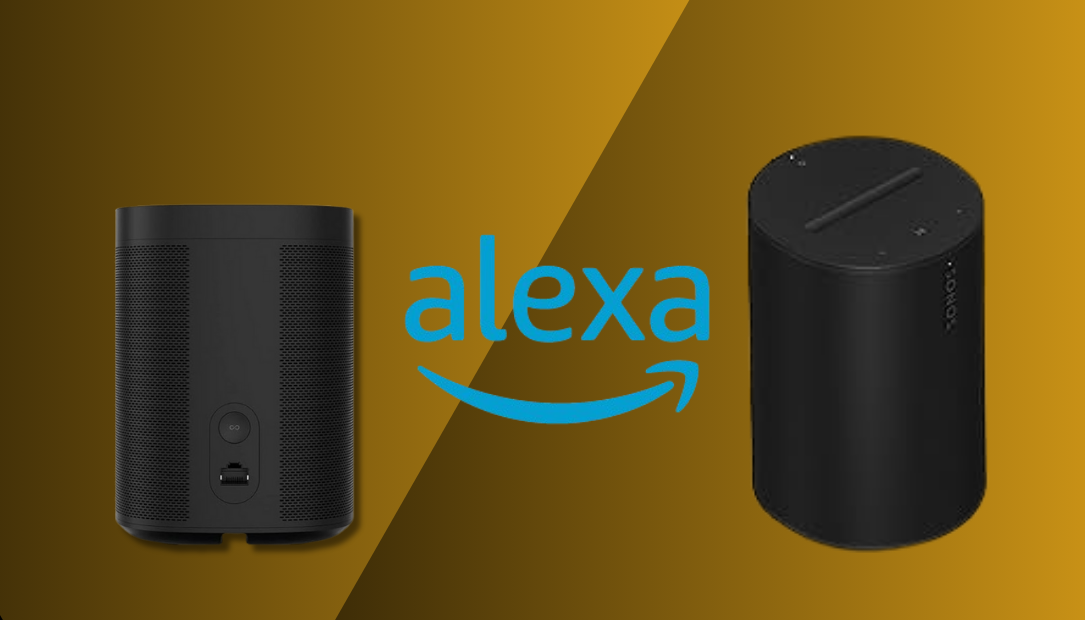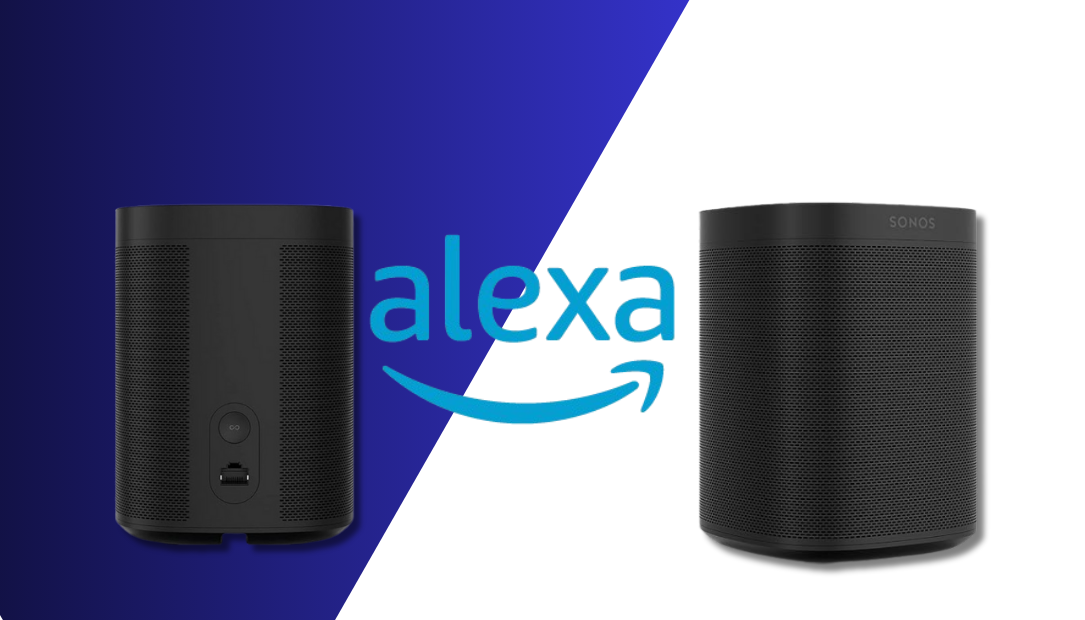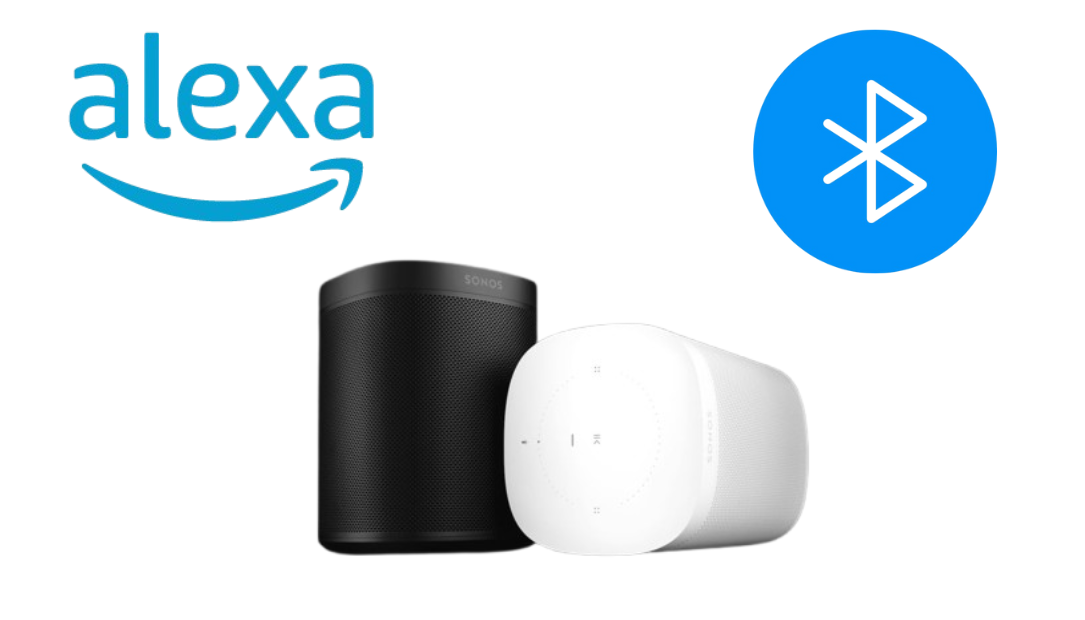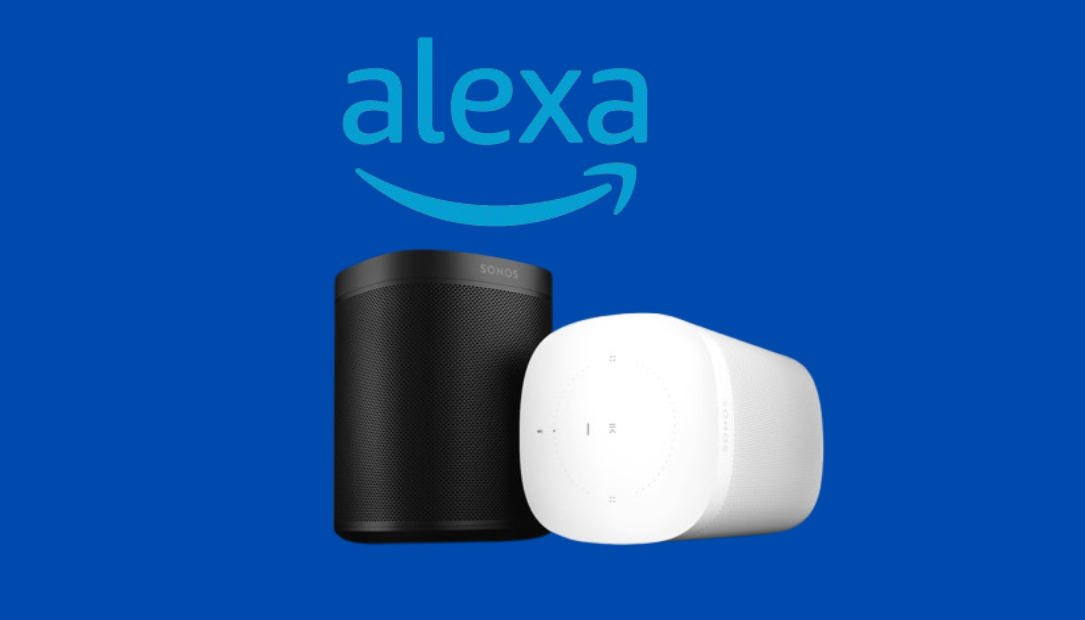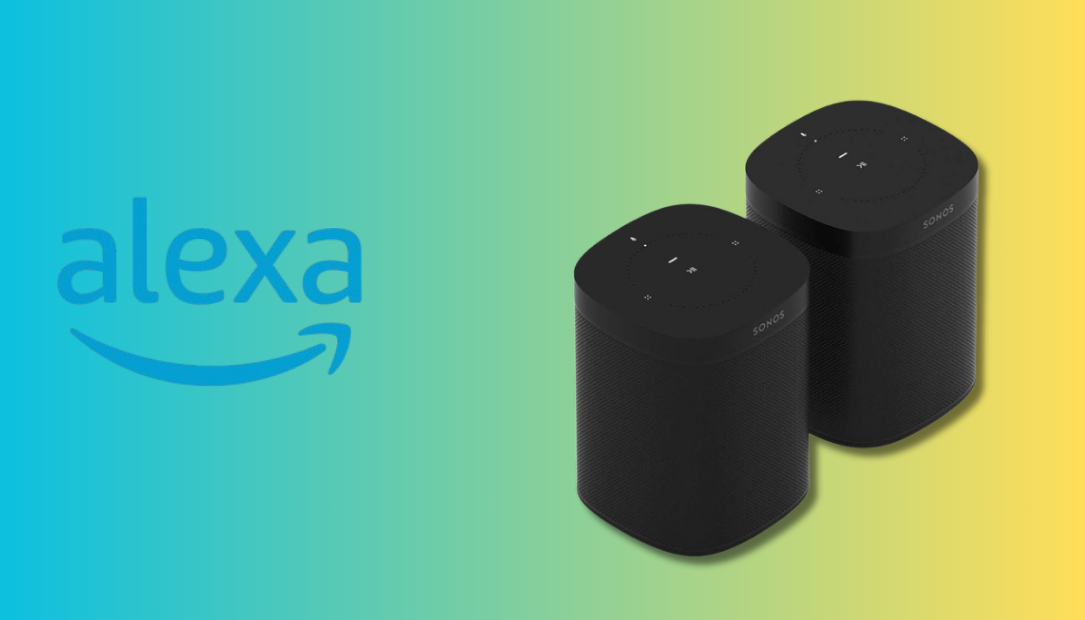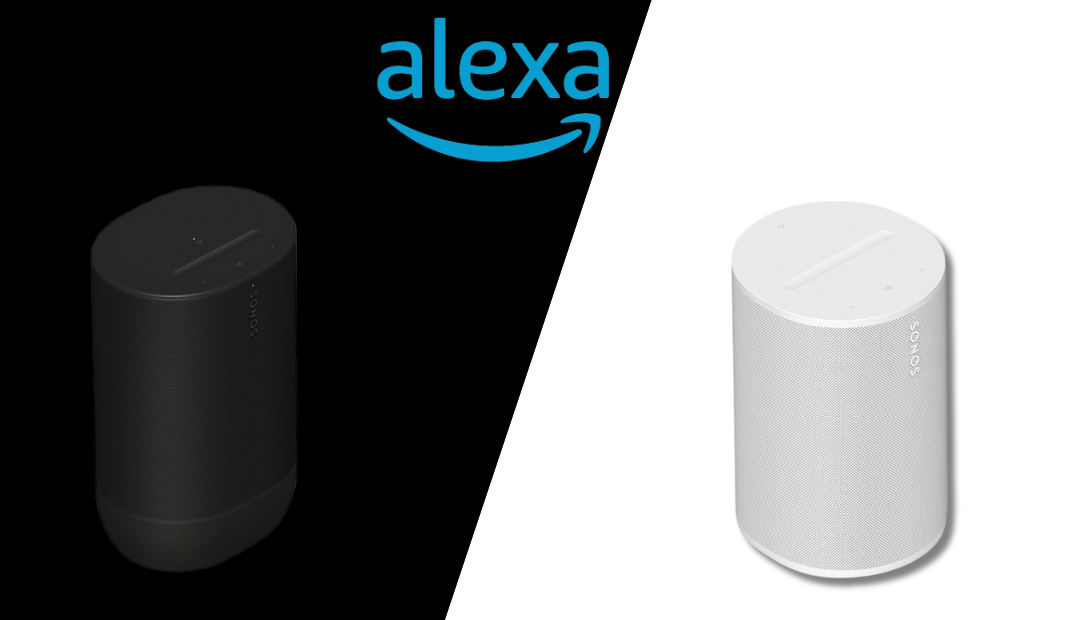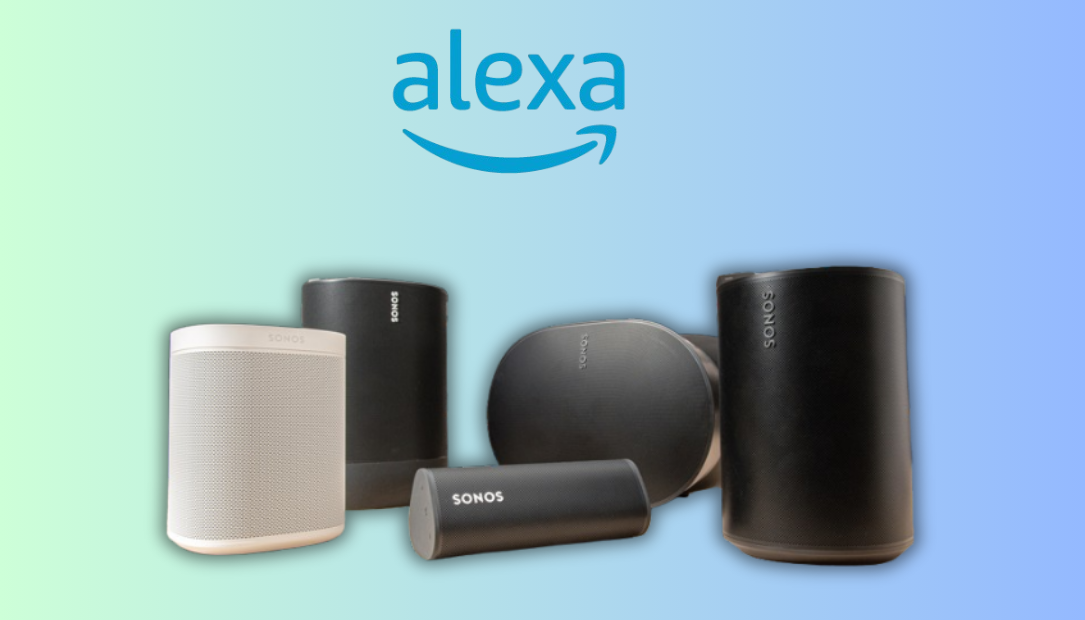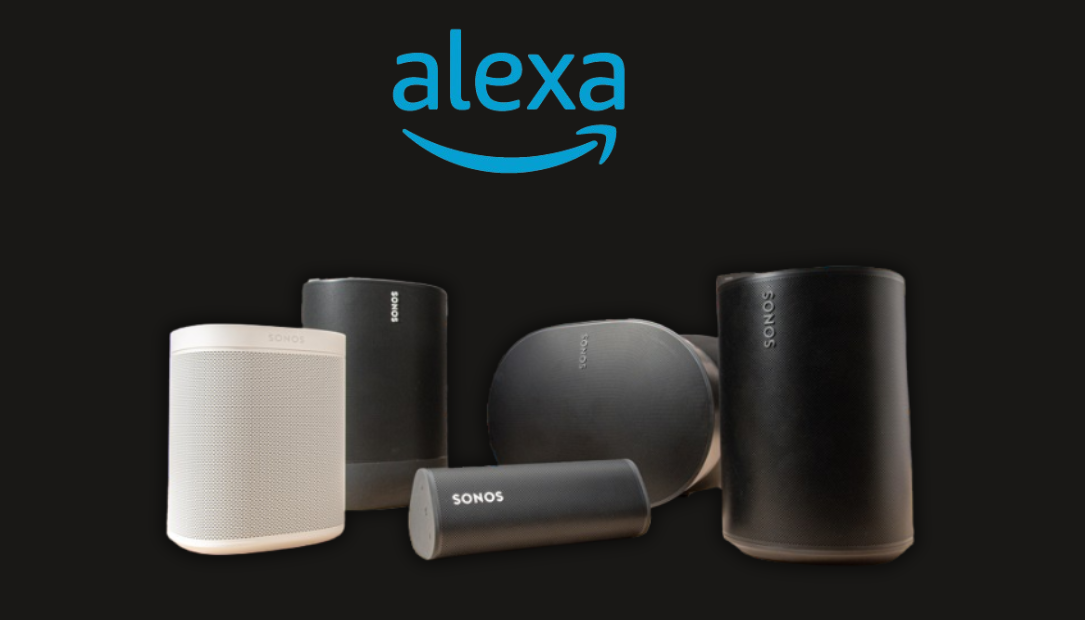If you’re searching for a speaker that seamlessly combines elegant design with powerful performance, look no further than the Sonos One SL. In this Sonos One SL review, we dive deep into why this compact marvel has captured the attention of music enthusiasts and audiophiles alike.
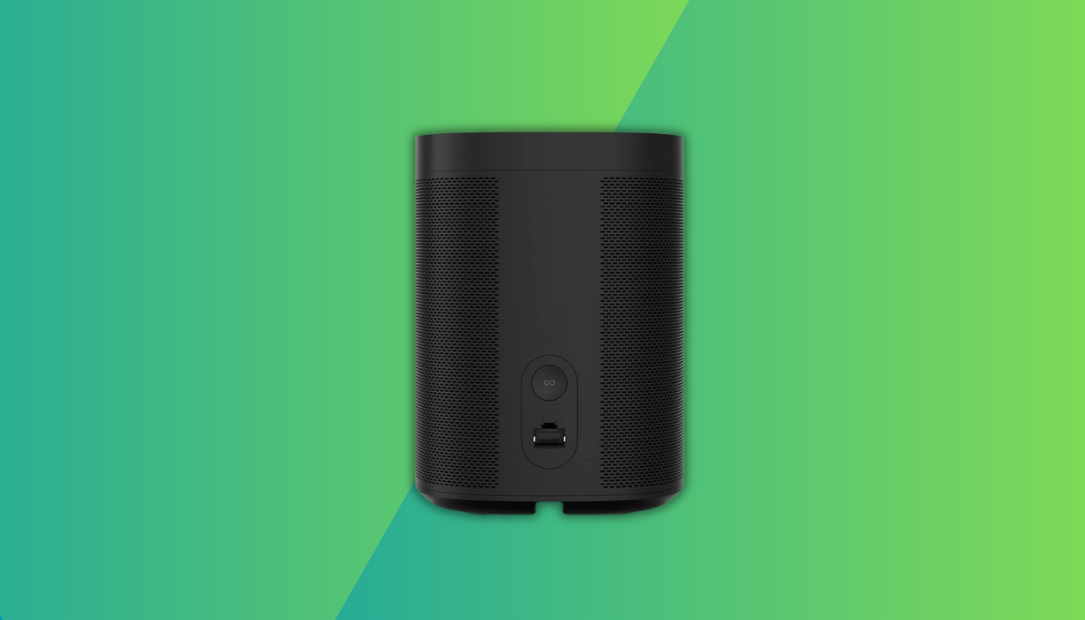
With its stunning sound quality, user-friendly features, and versatile connectivity, the Sonos One SL stands out as a top contender in the world of wireless speakers. Whether you’re a casual listener or a die-hard music lover, this review will reveal why the Sonos One SL deserves a place in your home.
Unboxing and First Impressions
From the moment you unbox the Sonos One SL, it’s clear that Sonos takes its design philosophy seriously. Encased in a sturdy, minimalist box, the speaker is accompanied by a quick-start guide, a power cable, and an Ethernet cable for wired connectivity. The matte finish, rounded edges, and compact form give the device a sophisticated look that effortlessly blends into any home décor.
Weighing just over four pounds, the Sonos One SL feels substantial without being bulky. Its understated design—available in black or white—makes it a subtle yet stylish addition to any room. Despite its compact size, the Sonos One SL promises big things when it comes to audio performance.
Key Features and Specifications
Let’s dive into what makes the Sonos One SL a standout choice:
- Compact Design: At just 6.36 inches tall and 4.69 inches wide, the Sonos One SL is perfect for tight spaces without compromising on sound quality.
- Audio Quality: It features two Class-D digital amplifiers, one tweeter, and one mid-woofer to deliver rich, room-filling sound.
- No Built-In Microphones: Unlike the Sonos One, the SL version is microphone-free, making it an excellent choice for privacy-conscious users.
- Wi-Fi Connectivity: The Sonos One SL relies on Wi-Fi, not Bluetooth, ensuring lossless audio streaming and integration into multi-room setups.
- Apple AirPlay 2 Compatibility: Stream directly from your Apple devices for seamless playback.
- Trueplay Tuning: Using the Sonos app, Trueplay adjusts the speaker’s sound profile to match the acoustics of your room.
Setup: Easy and Intuitive
Setting up the Sonos One SL is a breeze, even for those who are new to the Sonos ecosystem. The process begins with downloading the Sonos app, available for iOS and Android devices. The app guides you through every step, from connecting the speaker to your Wi-Fi network to calibrating the audio using Trueplay.
One of the standout features during setup is Trueplay Tuning. By analyzing the acoustics of your room, Trueplay ensures the speaker’s sound is optimized for its placement, whether it’s on a bookshelf, countertop, or wall mount.
The Sonos One SL also supports wired connections via Ethernet, providing a more stable option for users with spotty Wi-Fi.
Audio Performance: Punching Above Its Weight
When it comes to sound quality, the Sonos One SL truly shines. Despite its compact size, the speaker delivers deep bass, clear mids, and crisp highs. Whether you’re streaming music, watching a movie, or listening to a podcast, the audio experience is immersive and balanced.
Bass Performance: The mid-woofer produces a robust bass response that’s surprising for a speaker of this size. Songs like Billie Eilish’s “bad guy” showcase the speaker’s ability to handle low frequencies without distortion.
Clarity in Vocals: The tweeter ensures that vocals and instruments are distinct and clear, making it ideal for acoustic tracks or dialogue-heavy content.
Room-Filling Sound: The Sonos One SL can easily fill a medium-sized room with sound. Pairing two speakers creates an even more dynamic stereo experience, making it a versatile option for both casual listeners and audiophiles.
Privacy and the Lack of Voice Assistance
One of the Sonos One SL’s defining characteristics is the deliberate omission of voice assistant features. This is a significant departure from its sibling, the Sonos One, which comes with built-in Alexa and Google Assistant.
For some, this might seem like a drawback. However, for others, it’s a welcome change. In a world where privacy concerns are increasingly prevalent, the absence of built-in microphones offers peace of mind. Users can still control the speaker via the Sonos app or connect it to a voice assistant device, like an Amazon Echo or Google Nest.
Integration into the Sonos Ecosystem
The Sonos One SL thrives in multi-room setups. Its seamless integration with other Sonos products allows users to create a comprehensive sound system throughout their homes. You can pair it with a Sonos Sub for deeper bass or include it in a Sonos surround sound system for an enhanced home theater experience.
The Sonos app also supports a variety of streaming services, including Spotify, Apple Music, Amazon Music, and Tidal, ensuring you have access to your favorite playlists with just a few taps.
Comparing the Sonos One SL to Competitors
While the market is brimming with compact smart speakers, the Sonos One SL holds its ground against competitors like the Amazon Echo Studio and the Google Nest Audio. Here’s how it stacks up:
- Audio Quality: The Sonos One SL’s sound profile is superior, with better balance and depth compared to most competitors in its price range.
- Multi-Room Capabilities: Few speakers match Sonos’s seamless multi-room audio features.
- Privacy: The lack of microphones sets it apart for users who prioritize data security.
- Price: At around $199, the Sonos One SL is slightly more expensive than some competitors, but its performance justifies the cost.
Who Should Buy the Sonos One SL?
The Sonos One SL is an excellent choice for:
- Privacy-Conscious Users: Those who want premium audio without the intrusion of always-on microphones.
- Audiophiles: Listeners who value high-quality, room-filling sound in a compact package.
- Multi-Room Enthusiasts: Users looking to build or expand a Sonos-based home audio system.
- Minimalists: Those who appreciate sleek, unobtrusive designs that blend seamlessly into their living space.
Final Verdict: A Worthy Contender
The Sonos One SL is a testament to Sonos’s commitment to delivering exceptional audio quality in a user-friendly package. Its lack of traditional smart features might initially seem like a limitation. But it’s a standout feature for the right audience.
Whether you’re a long-time Sonos user or a newcomer to the ecosystem. The Sonos One SL offers a versatile and compelling option for your audio needs. With its premium sound, elegant design, and seamless integration capabilities. The Sonos One SL truly outshines the competition, proving that sometimes, less really is more.
